group
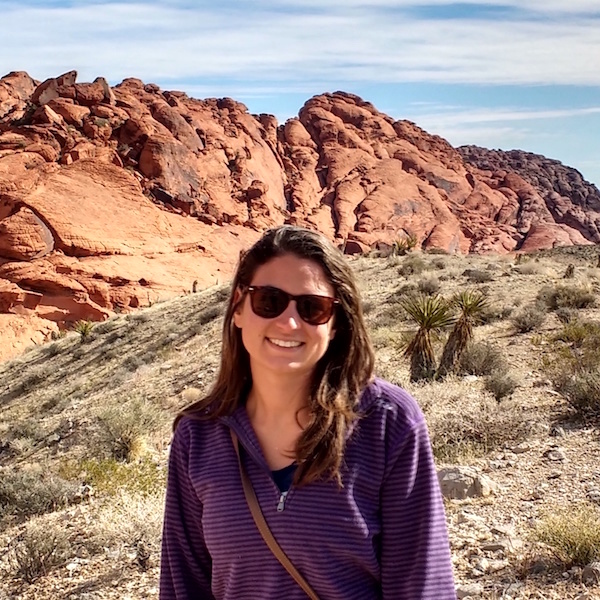
Charlotte Mason
Associate Professorcharlotte.mason [at] nbi.ku.dk
My work focuses on understanding “Cosmic Dawn” – when and how did the first galaxies form, what are their connections with the dark matter halos they form in, and how was intergalactic hydrogen reionized? Outside of work I try to spend as much of my time as possible away from a computer, usually in or on water (mostly swimming and rowing).
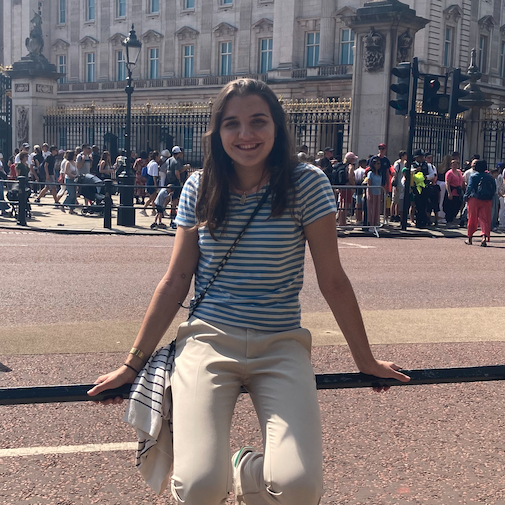
Kimi Kreilgaard
PhD studentI joined DAWN as a master’s student exploring how we can infer measures of the escape fraction of ionising photons from galaxies. I recently started as a PhD student in the group, where I will use JWST data to investigate how we can better measure the high redshift galaxy population and explore different hypotheses for why star-formation may be different in the early Universe. Outside of work I enjoy reading and drawing - and when the Danish weather allows it, you can find me playing football.
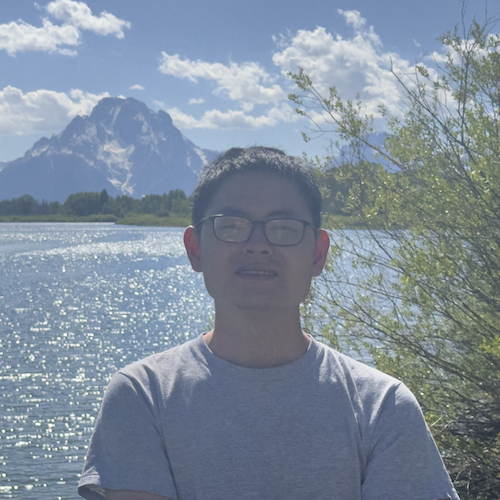
Zuyi Chen
PostdocMy research focuses on using observations to constrain galaxy formation in the early universe and to study the process of cosmic reionization—how ionized bubbles formed and how they can be probed through galaxies. I joined DAWN after completing my Ph.D. at the Steward Observatory, University of Arizona.
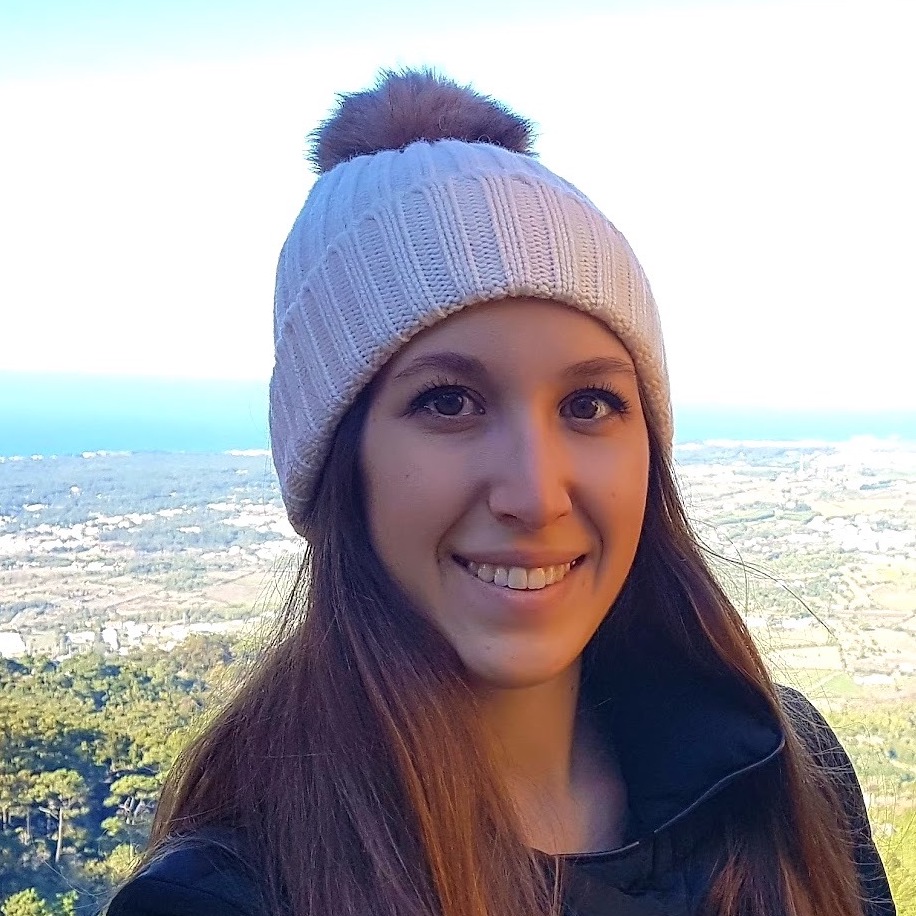
Viola Gelli
PostdocI joined DAWN as a postdoc after getting my PhD at the University of Florence, under the supervision of Stefania Salvadori. My research focuses on studying the first galaxies in our Universe, investigating how they formed their stars and how they evolved. Beyond astrophysics, I’m passionate about music and exploring the world on my bike.
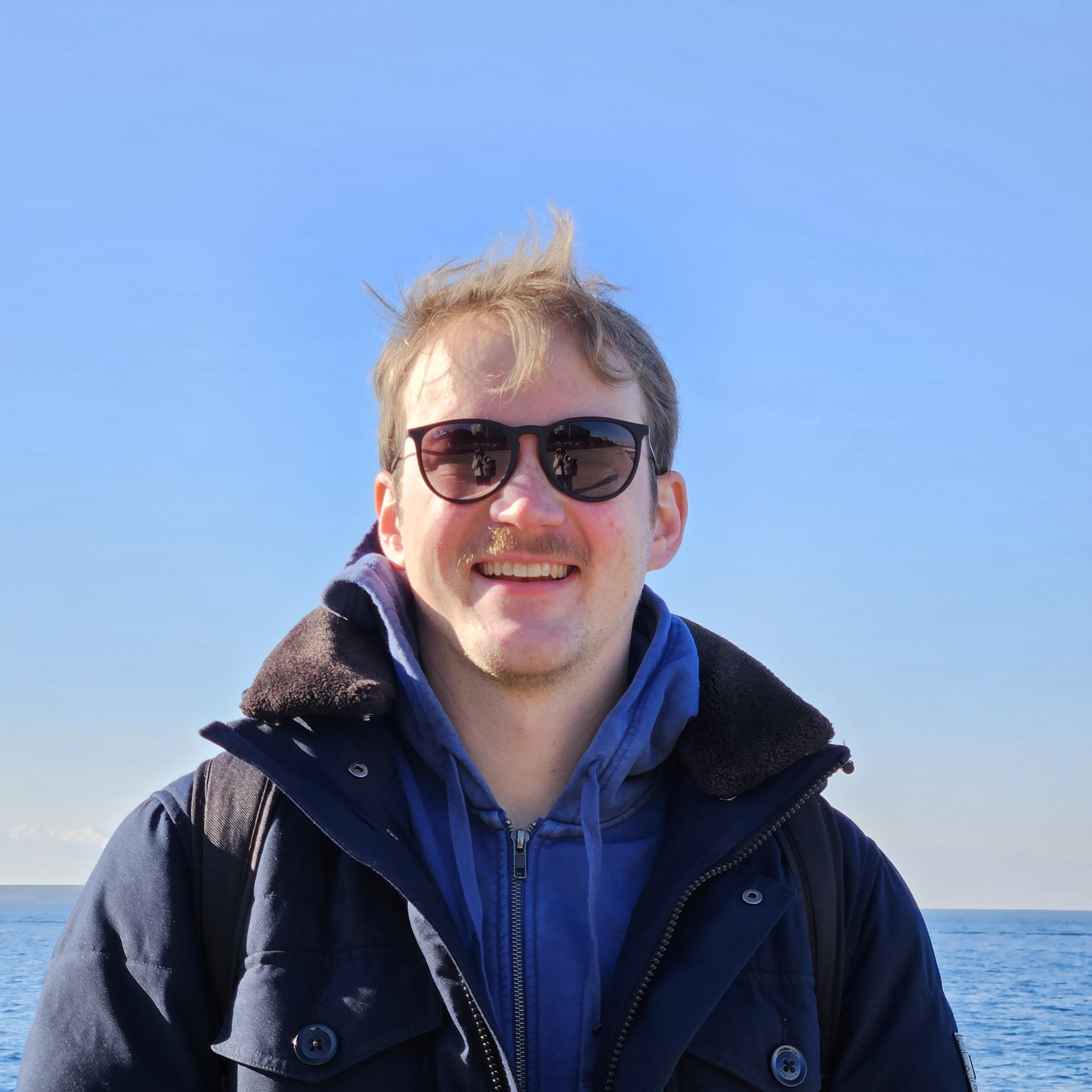
Ivan Nikolić
PostdocI joined DAWN as a post-doc after obtaining a PhD at SNS in Pisa. In my work I try to bridge the gap between observations at the onset of galaxy formation, and theoretical models and simulations. When I am not doing that, I enjoy watching football and reading.
former members
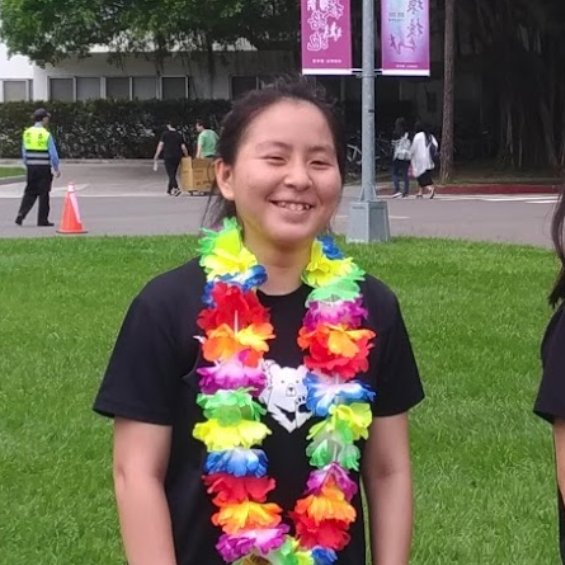
PhD student, DAWN -> Postdoc, UCSB

PhD student, DAWN -> Industry
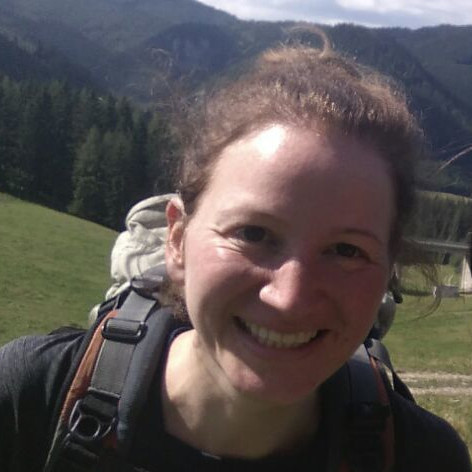
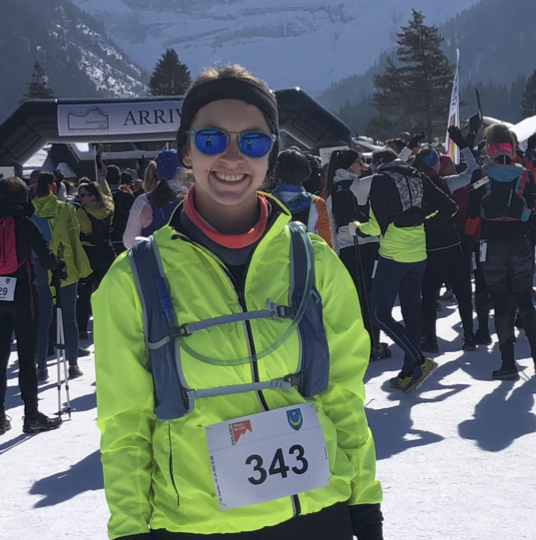
DAWN Fellow -> Industry
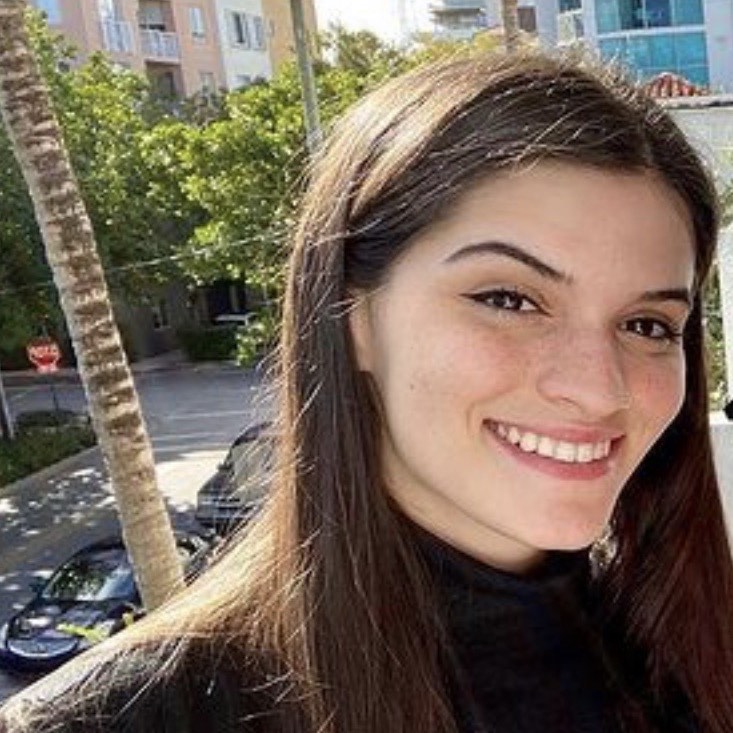
REU student -> NSF Graduate Research Fellow, UT Austin
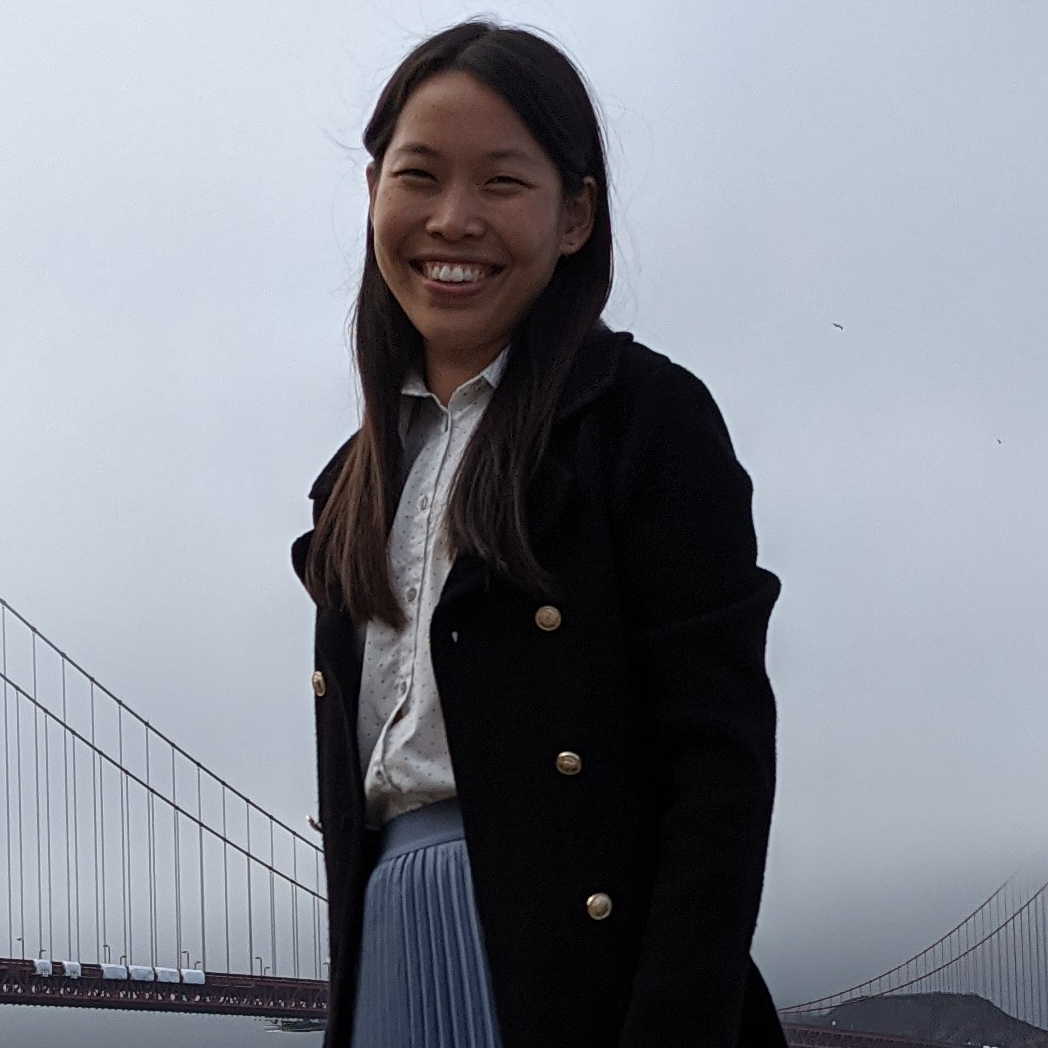
https://astro.lilywhitler.com
REU student -> NSF Graduate Research Fellow, University of Arizona
opportunities
DAWN hires postdoc Fellows and PhD students yearly and we also can host visitors. My group has openings for postdocs, PhD and MSc students at the Niels Bohr Institute. Inquiries from people interested in working at DAWN and/or applying for independent research funding in Denmark are very welcome. I am always interested in collaborating with new people.
There are several external postdoc fellowship opportunities which can be hosted at DAWN/NBI, listed below. If you are interested in applying to one of these please get in touch at least two months before the deadline.
Postdoc Fellowships:
- Marie Skłodowska-Curie Postdoc Fellowships (due mid-September)
- DFF International Postdoc Grants (due early November)
- Danish Data Science Academy Fellowships (due early March)
funding
I am grateful for the support of my research from a number of sources. My group is currently supported by an ERC Starting Grant (RISES, 101163035), the Carlsberg Foundation (Sempers Ardens Accelerate, CF22-1322), and VILLUM FONDEN via a Villum Young Investigator grant (37459). My research has previously been supported by NASA Headquarters through the NASA Earth and Space Science Fellowship Program Grant NNX16AO85H, and through the NASA Hubble Fellowship grant HST-HF2-51413.001-A awarded by the Space Telescope Science Institute, which is operated by the Association of Universities for Research in Astronomy, Inc., for NASA, under contract NAS5-26555.